Nature and Chaos
In the late 1980s, I took an interest in chaos magic. By that time, the seminal books about the subject were ten years old. A new resource had just been published which had nothing to do with magic but was instead about science. It was called Chaos: The Making of a New Science by James Gleick.
Up to that time, my study of magic, which began seriously in the mid-1970s, had leaned heavily towards folk magic. Working with nature had always felt innate and realistic. What Gleick’s book addressed was the scientific study of the workings of nature, especially the processes that didn’t fit into neat little predictable boxes, like weather prediction and landscape geometry.
Reading about the ways in which the natural world works within certain parameters, with variations that respond to the slightest nudges, fit in all too easily with the concepts of magic I have worked with most of my life, like how a series of events could be affected by a spell to nudge things in a particular direction.
The more I delved into the science of irregular processes of nature at the same time as I read the fundamental chaos magic books, like Liber Null by Peter J. Carroll and The Book of Results by Ray Sherwin, the more I saw a correlation between chaos magic and chaos science, as well as a logical explanation for how spells based in traditional methods, like sympathetic magic and petitioning nature spirits, led to organic results. Add to this the study of quantum physics and the role of the observer in physical Alchemy, and a complete picture of the mechanics behind the workings of magic in the real world falls into place.
People often ask, “what is the difference between chaos magic and Eclectic witchcraft?” The word eclectic was defined as early as 1640 as “not confined to or following any one model or system.” The term “Eclectic witchcraft” has been in common use among American witches in particular who don’t align with a specific system or the initiatory paths of Wicca, but who pick and choose methods from various paths according to what feels comfortable to them.
Chaos witchcraft takes ritual ideas from a variety of systems just like Eclectic witchcraft but takes it further to exploring original and personal approaches to spellcraft, often basing methods on the models of chaos science or the practices explained in the books of Austin Osman Spare, which were influential in inspiring many of the ideas behind chaos magic in the 1970s. Sigil magic in particular has gained in popularity and new diverse forms since Austin Spare’s version of the method first gained recognition in the early chaos magic texts.
The deeper one goes down this rabbit hole, the more apparent it becomes that magic is an inherent constituent of the natural world. The concept of chaos, not as disruption but of irregularity in the systems our world balances to sustain a living environment affecting life in its many forms, crystallizes into an alternative approach to magic. While employing the actions defined by ancient superstition, it complies with the knowledge and principles of science in an era of enhanced education.
There will always be an aspect of mystery to the technology of magic, but exploring the ways in which nature follows the principles of chaos (i.e., irregularity in systems), brings an understanding to the age-old question: how does magic work?


